1.
Introduction and preliminaries
The convexity of functions is a powerful tool to deal with many kinds of issues of pure and applied science. In recent decades, many authors have devoted themselves to studying the properties and inequalities related to convexity in different directions, see [13,21,23,34,52] and the references cited therein. One of the most important mathematical inequalities concerning convex mapping is Hermite–Hadamard inequality, which is also utilized widely in many other disciplines of applied mathematics. Let's review it as follows:
Let f:K⊆R→R be a convex mapping defined on the interval K of real numbers and τ1,τ2∈K with τ1<τ2. The subsequent inequalities are called Hermite–Hadamard inequalities:
Many inequalities have been established in terms of inequalities (1.1) via functions of different classes, such as convex functions [28], s-convex functions [33], (α,m)-convex functions [47], harmonically convex functions [16], h-convex functions [18], strongly exponentially generalized preinvex functions [29], h-preinvex functions [37], p-quasiconvex functions [27], N-quasiconvex functions [3], etc. For more recent results about this topic, the readers may refer to [13,22,25,26,30,32,36] and the references cited therein.
The multiplicatively convex function is one of the most significant functions, which can be defined as follows.
Definition 1. A mapping f: I⊆R→[0,∞) is said to be multiplicatively convex or log-convex, if log f is convex or equivalently for all τ1, τ2 ∈I and t ∈[0,1], one has the following inequality:
From Definition 1, it follows that
which reveals that every multiplicatively convex function is a convex mapping, but the converse is not true.
Many properties and inequalities associated with log-convex mappings have been studied by plenty of researchers. For example, Bai and Qi [9] gave several integral inequalities of the Hermite–Hadamard type for log-convex mappings. Dragomir [20] provided some unweighted and weighted inequalities of Hermite–Hadamard type related to log-convex mappings on real intervals. Set and Ardiç [46] established certain Hermite–Hadamard-like type integral inequalities involving log-convex mappings and p-functions. Zhang and Jiang [53] researched some properties for log-convex mapping. For more results on the basis of log-convex mappings, one can see, for example, [10,39,40,49,50] and the references cited therein.
In 2008, Bashirov [11] proposed a class of the multiplicative operators called ∗integral, which is denoted by ∫ba(f(x))dx and the ordinary integral is denoted by ∫baf(x)dx. Recall that the function f is multiplicatively integrable on [a,b], if f is positive and Riemann integrable on [a,b] and
Definition 2. [11] Let f:R→R+ be a positive function. The multiplicative derivative of function f is given by
If f has positive values and is differentiable at t, then f∗ exists and the relation between f∗ and ordinary derivative f′ is as follows:
The following properties of ∗differentiable exist:
Theorem 1. [11] Let f and g be ∗differentiable functions. If c is an arbitrary constant, then functions cf, fg, f+g, f/g and fg are ∗differentiable and
Moreover, Bashirov et al. show that the multiplicative integral has the following properties:
Proposition 1. [11] If f is positive and Riemann integrable on [a,b], then f is ∗integrable on [a,b] and
The interesting geometric mean type inequalities, known as the Hermite–Hadamard inequality for the multiplicatively convex functions, are shown by the following theorem in [7].
Theorem 2. Let f be a positive and multiplicatively convex function on interval [a,b], then the following inequalities hold
Fractional calculus, as an advantageous tool, reveals its significance to implement differentiation and integration of real or complex number orders. Furthermore, it recently emerged rapidly due to its applications in modelling a number of problems especially in dealing with the dynamics of the complex systems, decision making in structural engineering and probabilistic problems, etc., see, for instance, [6,31]. The research of mathematical inequalities including many different types of fractional integral operators, especially the Hermite–Hadamard type inequalities, is a current research focus. For example, refer to [8,19,22] for Riemann–Liouville integrals, to k-Riemann–Liouville integrals [41], to Hadamard fractional integrals [4,48], to conformable fractional integrals [2,14], to Katugampola fractional integrals [17,51], and to exponential kernel integrals [5], etc.
An imperative generalization of Riemann–Liouville fractional integrals was considered by Abdeljawad and Grossman in [1], which is named the multiplicative Riemann–Liouville fractional integrals.
Definition 3. [1] The multiplicative left-sided Riemann–Liouville fractional integral aIα∗f(x) of order α ∈C, Re(α)>0 is defined by
and the multiplicative right-sided one ∗Iαbf(x) is defined by
where the symbols Iαa+f(x) and Iαb−f(x) denote respectively the left-sided and right-sided Riemann–Liouville fractional integrals, which are defined by
and
respectively.
On the other hand, Sarikaya et al. proved the following noteworthy inequalities which are the Hermite–Hadamard inequalities for Riemann–Liouville fractional integrals.
Theorem 3. [44] Let f:[a,b]→R be a positive function with 0≤a<b and f∈L1([a,b]). If f is a convex function on [a,b], then the following inequalities for fractional integrals hold:
with α>0.
Also, Sarikaya and Yildirim built another form relevant to Riemann–Liouville fractional Hermite–Hadamard type inequalities as follows.
Theorem 4. [45] Under the same assumptions of Theorem 3, we have
Sabzikar et al. provided the following tempered fractional operators.
Definition 4. [35] Let [a,b] be a real interval and λ≥0, α>0. Then for a function f ∈L1([a,b]), the left-sided and right-sided tempered fractional integrals are, respectively, defined by
and
For several recent related results involving the tempered fractional integrals, see [24,38,42,43] and the references included there.
Motivated by the results in the papers above, especially these developed in [12,38], this work aims to investigate some inequalities of Hermite–Hadamard type, which involve the tempered fractional integrals and the notion of the λ-incomplete gamma function for the multiplicatively convex functions. For this purpose, we establish two Hermite–Hadamard type inequalities for the multiplicative tempered fractional integrals, then we present an integral identity for ∗differentiable mappings, from which we provide certain estimates of the upper bounds for trapezoid inequalities via the multiplicative tempered fractional integral operators.
2.
Main results
As one can see, the definitions of the tempered fractional integrals and the multiplicative fractional integrals have similar configurations. This observation leads us to present the following definition of fractional integral operators, to be referred to as the multiplicative tempered fractional integrals.
Definition 5. The multiplicative left-sided tempered fractional integral aIα,λ∗f(x) of order α∈C, Re(α)>0, is defined by
and the multiplicative right-sided one ∗Iα,λbf(x) is defined by
where the symbols Iα,λa+f(x) and Iα,λb−f(x) denote the left-sided and right-sided tempered fractional integrals, respectively.
Observe that, for λ=0, the multiplicative tempered fractional integrals become to the multiplicative Riemann–Liouville fractional integrals.
The following facts will be required in establishing our main results.
Remark 1. For the real numbers α>0 and x,λ≥0, the following identities hold:
where γλ(⋅,⋅) is the λ-incomplete gamma function [38], which is defined as follows:
If λ=1, the λ-incomplete gamma function reduces to the incomplete gamma function [15]:
Proof. (i) By using the changed variable u=(b−a)t in the (2.1), we get
which ends the identity (2.1).
(ii) From the definition of λ-incomplete gamma function, we have
By changing the order of the integration, we get
Applying the Remark 1 (i), we get the identity (2.2).
Our first main result is presented by the following theorem.
Theorem 5. Let f be a positive and multiplicatively convex function on interval [a,b], then we have the following Hermite–Hadamard inequalities for the multiplicative tempered fractional integrals:
where γλ(⋅,⋅) is the λ-incomplete gamma function.
Proof. On account of the multiplicative convexity of f on interval [a,b], we have
i.e.
Multiplying both sides of (2.4) by tα−1e−λ(b−a)t then integrating the resulting inequality with respect to t over [0, 1], we obtain
Utilizing the changed variable, we have
That is,
Thus we get,
which completes the proof of the first inequality in (2.3).
On the other hand, as f is multiplicatively convex on interval [a,b], we have
and
Thus,
Multiplying both sides of (2.5) by tα−1e−λ(b−a)t then integrating the resulting inequality with respect to t over [0,1], we obtain
Hence,
Consequently, we have the following inequality
i.e.
This ends the proof.
Remark 2. Considering Theorem 5, we have the following conclusions:
(i) The inequalities (2.3) are equivalent to the following inequalities:
(ii) If we choose λ=0, then we have the following inequalities:
which is given by Budak in [12].
(iii) If we choose λ=0 and α=1, then we obtain Theorem 2 given by Ali et al. in [7].
Corollary 1. Suppose that f and g are two positive and multiplicatively convex functions on [a,b], then we have
Proof. As f and g are positive and multiplicatively convex, the function fg is positive and multiplicatively convex. If we apply Theorem 5 to the function fg, then we obtain the required inequalities (2.6).
Remark 3. If we take λ=0 in Corollary 1, then we have the following inequalities:
which is established by Budak in [12]. Especially if we take α = 1, we obtain Theorem 7 in [7].
Hermite–Hadamard's inequalities involving midpoint can be represented in the multiplicative tempered fractional integral forms as follows:
Theorem 6. Under the same assumptions of Theorem 5, we have
where γλ(⋅,⋅) is the λ-incomplete gamma function.
Proof. On account of the multiplicative convexity of f on interval [a,b], we have
i.e.
Multiplying both sides of (2.8) by tα−1e−λ(b−a)2t then integrating the resulting inequality with respect to t over [0, 1], we obtain
That is,
which yields that,
This completes the proof of the first inequality in inequalities (2.7).
On the other hand, as f is multiplicatively convex, we get
and
Thus, we have
Multiplying both sides of (2.9) by tα−1e−λ(b−a)2t then integrating the resulting inequality with respect to t over [0, 1], we have
i.e.
Consequently, we get the inequality
This ends the proof.
Next, we are going to establish several integral inequalities concerning the multiplicative tempered fractional integral operators. To this end, we present the following lemma.
Lemma 1. Let f:I∘⊂R→R+ be a ∗differentiable mapping on I∘, a,b∈I∘ with a<b. If f∗ is integrable on [a,b], then we have
where
Proof. Applying the multiplicative integration by parts, we have
Utilizing the changed variable, we obtain
and
Then, we have
This ends the proof.
Remark 4. Considering Lemma 1, we have the following conclusions:
(i) If we take λ=0, then we have
(ii) If we take λ=0 and α=1, then we have
It is worth mentioning that, to the best of our knowledge, the identities (2.12) and (2.13) obtained here are new in the literature.
Theorem 7. Let f:I∘⊂R→R+ be a ∗differentiable mapping on I∘, a,b∈I∘ with a<b. If |f∗| is multiplicatively convex on [a,b], then we have
where η is defined by (2.11) in Lemma 1 and
Proof. Making use of Lemma 1, we deduce
As t∈[0,1], we can know
Since |f∗| is multiplicatively convex, we get
If we apply (2.17) and (2.18) to the inequality (2.16), we obtain
Here, let's evaluate an integral by changing the order of it.
Analogously, we can get
and
Consequently,
Thus, we deduce
The proof is completed.
Theorem 8. Let f:I∘⊂R→R+ be a ∗differentiable mapping on I∘, a,b∈I∘ with a<b. For q>1 with p−1+q−1=1, if |f∗|q is multiplicatively convex on [a,b], then we have
where η is defined by (2.11) in Lemma 1 and
Proof. Making use of Lemma 1 and Hölder's inequality, we deduce
Due to the Hölder's inequality, we have
By virtue of the multiplicative convexity of |f∗|q, we obtain
Combining (2.26) with (2.25), we know that Theorem 8 is true. Thus the proof is completed.
Remark 5. Considering Theorem 8, we have the following conclusions:
(i) If we choose λ=0, then we have
To prove the second inequality above, we use the fact
for t∈ [0,12] and
for t∈ [12,1], which follows from (A−B)q ≤ Aq−Bq for any A≥B≥0 and q≥1.
(ii) If we choose λ=0 and α=1, then we have
Theorem 9. Let f:I∘⊂R→R+ be a ∗differentiable mapping on I∘, a,b∈I∘ with a<b. If |f∗|q, q>1, is multiplicatively convex on [a,b], then we have
where η is defined by (2.11) in Lemma 1 and δ is defined by (2.15) in Theorem 7, respectively.
Proof. Continuing from the inequality (2.24) in the proof of Theorem 8, using the power-mean inequality, we have
For the convenience of expression, let us define the quantities
and
According to the equalities (2.17), we have
Utilizing the multiplicative convexity of |f∗|q, we obtain
where Δi(i=1,2,3,4) are given by (2.19)–(2.22) in the proof of Theorem 7, respectively.
Consequently,
Combining (2.28) with (2.29), we have
The proof is completed.
3.
Examples
The main point of the results established in this paper is that the calculation of the right-hand side is much easier than that of the left-hand side. To show this, three interesting examples are demonstrated below.
Example 1. Let the log-convex function f: (0,∞)→(0,∞) be defined by f(x)=2x2−3. If we take a=1,b=2, α=12 and λ=14, then all assumptions in Theorem 5 are satisfied.
The left-hand side term of (2.3) is
The middle term of (2.3) is
The right-hand side term of (2.3) is
It is clear that 0.5946<0.6461<0.7071, which demonstrates the result described in Theorem 5.
Example 2. Let the log-convex function f: (0,∞)→(0,∞) be defined by f(x)=ex2. If we take a=1,b=2, α=12 and λ=12, then all assumptions in Theorem 6 are satisfied.
The left-hand side term of (2.7) is
The middle term of (2.7) is
The right-hand side term of (2.7) is
It is clear that 9.4877<10.9088<12.1825, which demonstrates the result described in Theorem 6.
Example 3. Let the log-convex function f′(x)f(x): (0,∞)→(0,∞) be defined by f′(x)f(x)=1x. We can get f∗(x)=e1x, f(x)=x. If we take a=1,b=2, α=12 and λ=12, then all assumptions in Theorem 7 are satisfied.
The left-hand side term of (2.14) is
The right-hand side term of (2.14) is
It is clear that 0.9702<1.1480, which demonstrates the result described in Theorem 7.
4.
Conclusions
To the best of our knowledge, this is a first pervasive work on the multiplicative tempered fractional Hermite–Hadamard type inequalities via the multiplicatively convex functions. Two Hermite–Hadamard type inequalities for the multiplicative tempered fractional integrals are hereby established. An integral identity for ∗differentiable mappings is presented. By using it, some estimates of the upper bounds pertaining to trapezoid type inequalities via the multiplicative tempered fractional integral operators are obtained. Inequalities obtained in this paper generalize some results given by Budak and Tunç (2020) and Ali et al. (2019). Also, three examples show that the calculation of the right-hand side is much easier than that of the left-hand side. The ideas and techniques of this article may inspire further research in this field. This promising field about the multiplicative tempered fractional inequalities is worth further exploration.
Acknowledgments
The authors would like to thank the reviewer for his/her valuable comments and suggestions.
Conflict of interest
The authors declare no conflict of interest.











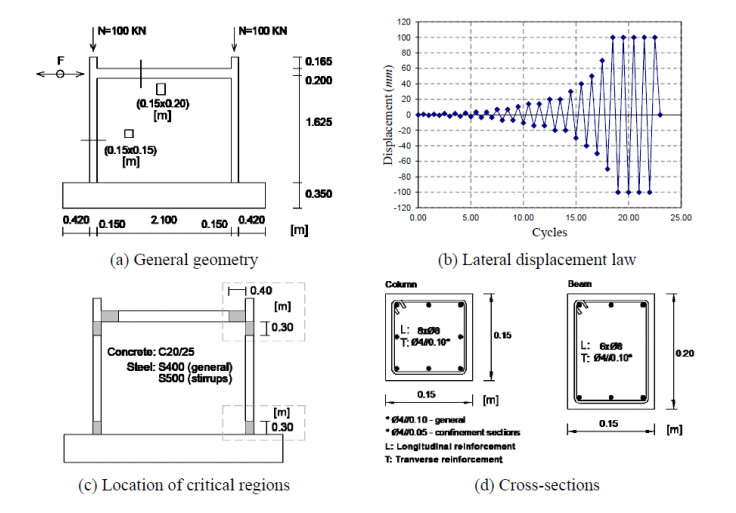
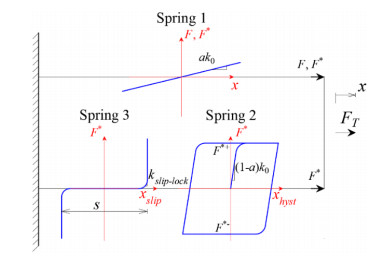
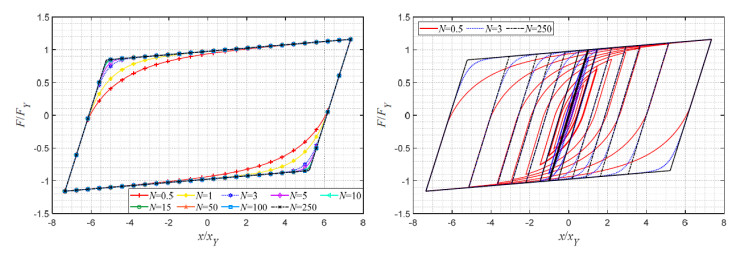
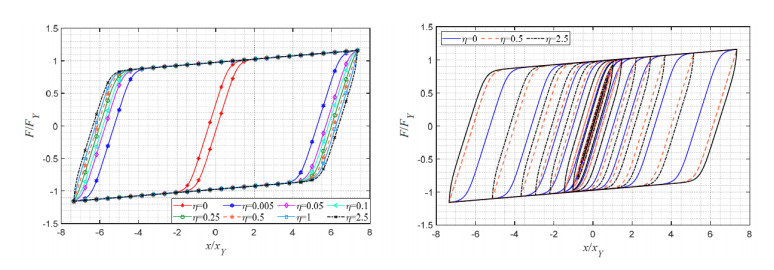
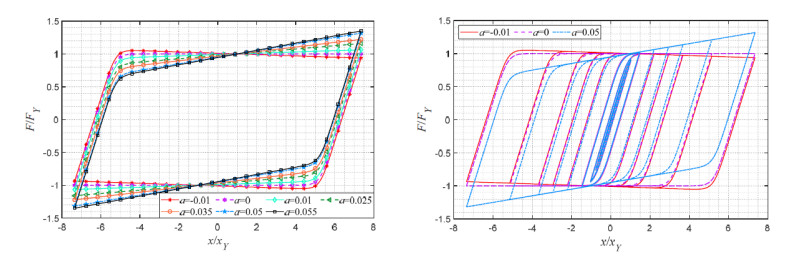
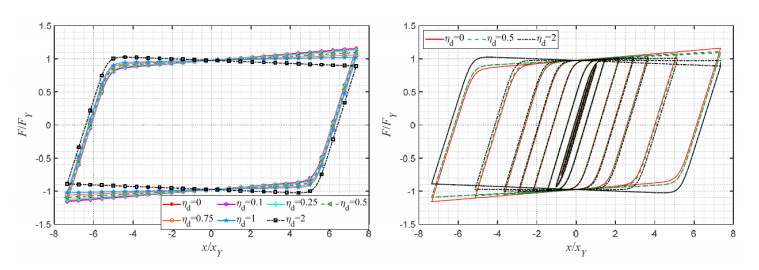
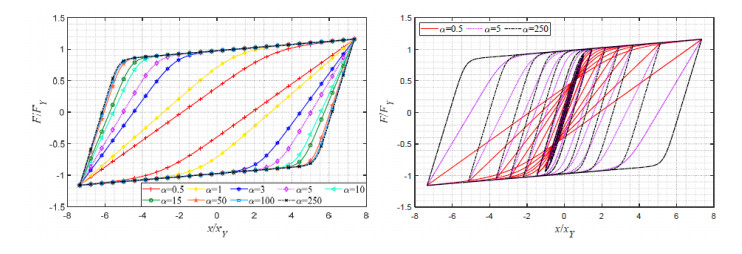

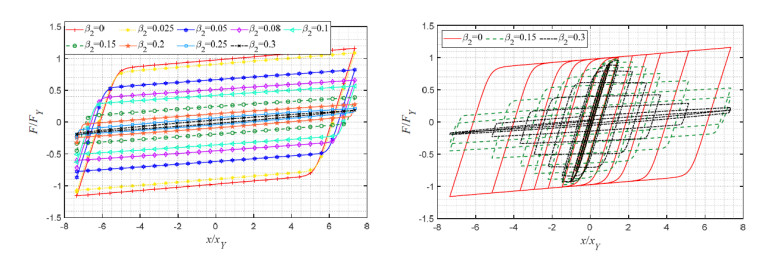
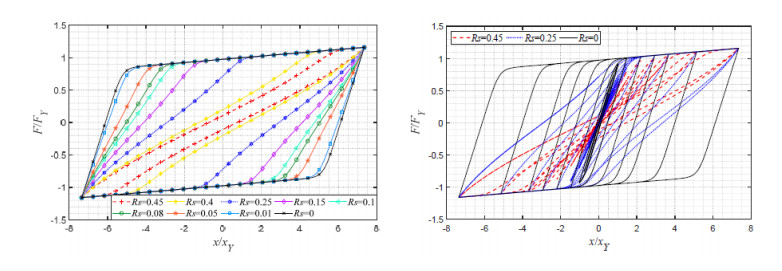
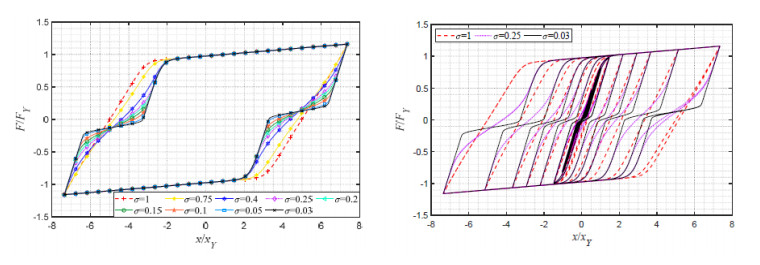
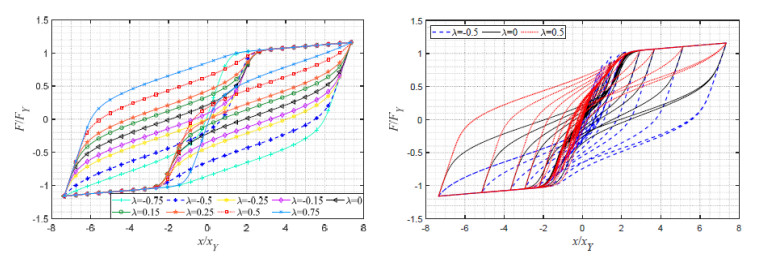
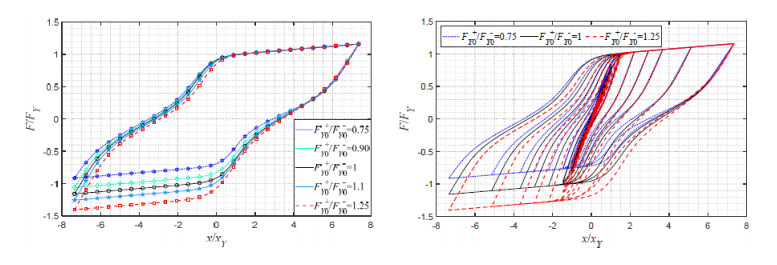
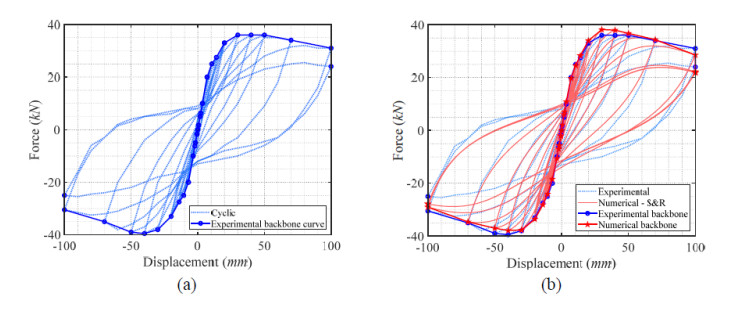
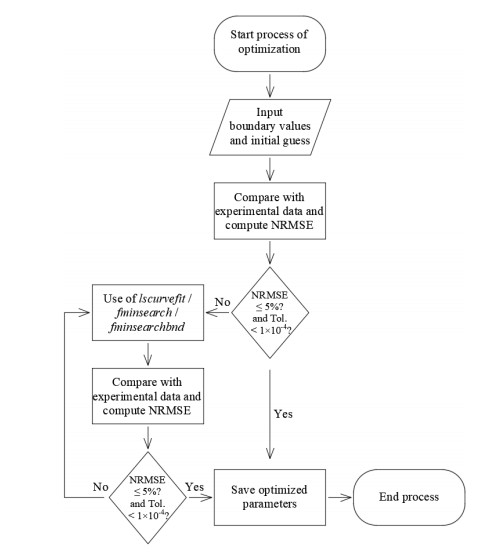


 DownLoad:
DownLoad: